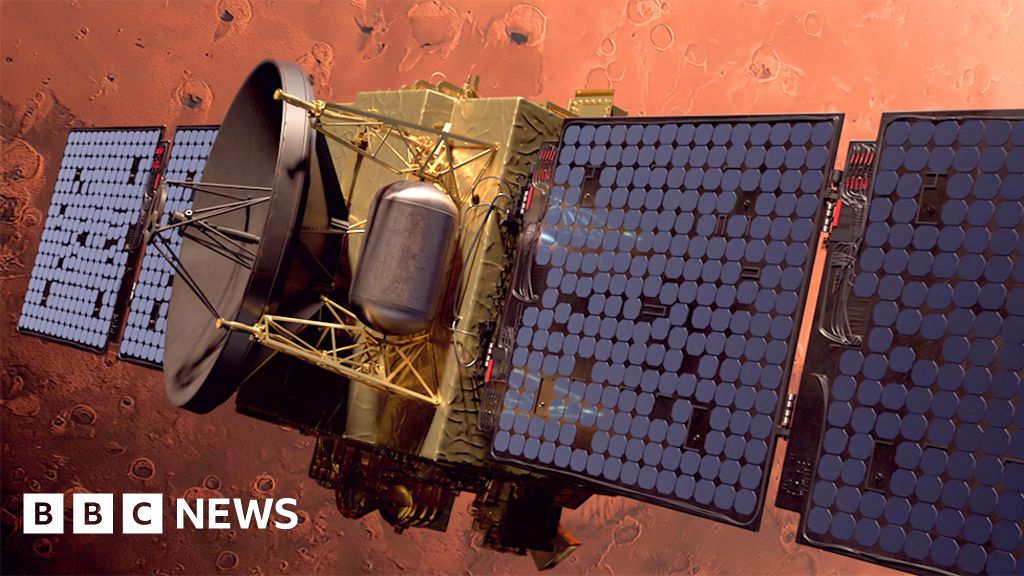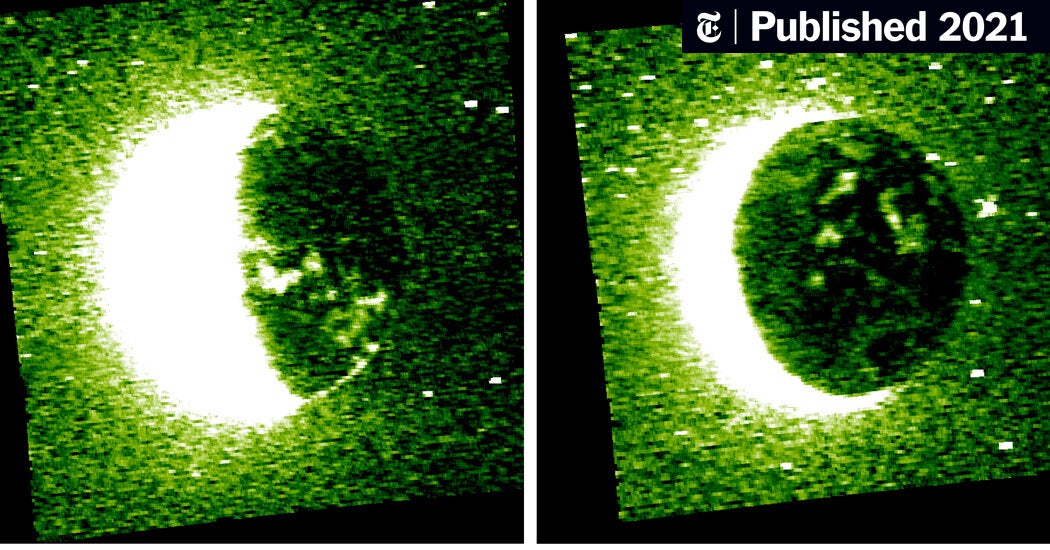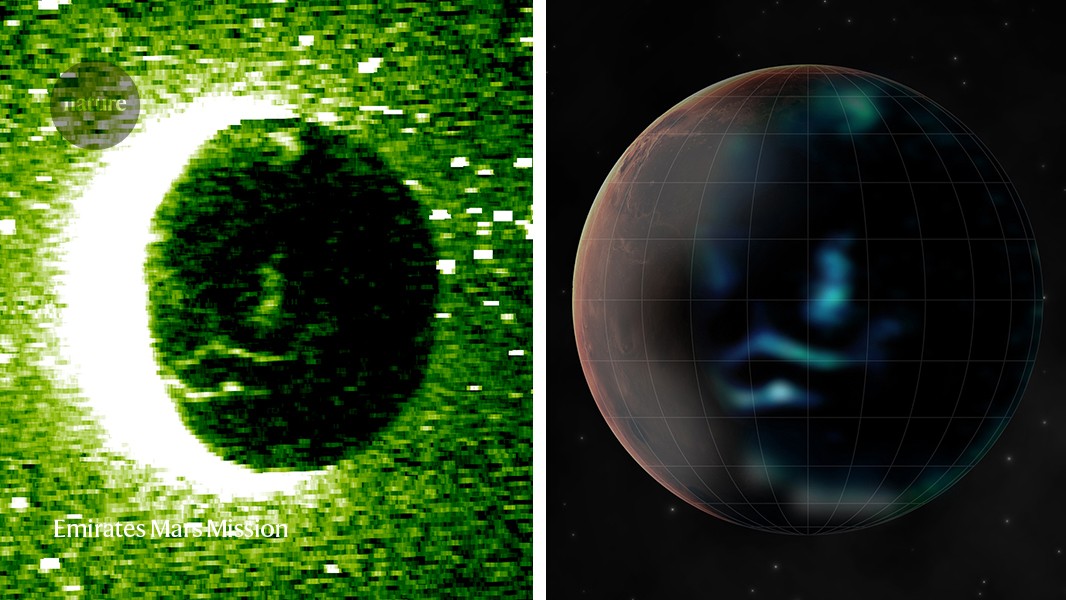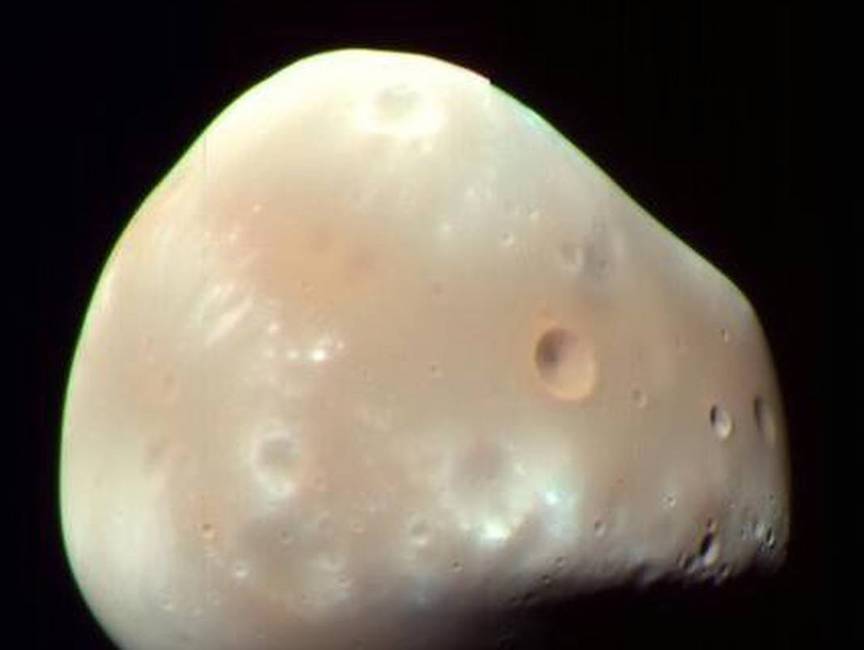Patchy Proton Aurora at Mars: A Global View of Solar Wind Precipitation Across the Martian Dayside From EMM/EMUS
Abstract
Proton aurora at Mars are thought to form indirectly, as a result of solar wind proton charge exchange with planetary coronal hydrogen upstream of the bow shock. This charge exchange produces beamed energetic neutral atoms that bypass the induced magnetosphere and cause spatially uniform auroral emission when they collide with the thermosphere. Here we report multiple definitive observations of spatially localized “patchy” proton aurora at Mars using the Emirates Mars Ultraviolet Spectrometer on the Emirates Mars Mission, and characterize the plasma environment during these events using contemporaneous Mars Atmosphere and Volatile EvolutioN mission measurements. Multiple mechanisms are required to explain these observations, including at times the direct deposition of solar wind plasma into the thermosphere, particularly during radial interplanetary magnetic field conditions. Much future work will be needed to assess these mechanisms and understand the impact of these auroral events on Mars atmospheric evolution.
Key Points
* We present the first definitive evidence for spatially localized “patchy” proton aurora on Mars
* Some events support a hypothesis that radial interplanetary magnetic field conditions can produce patchy proton aurora
* Other events occur during typical solar wind conditions, requiring new formation mechanisms related to sheath plasma turbulence
 www.emiratesmarsmission.ae
www.emiratesmarsmission.ae





